
Kon Tum Cathedral.
The mark of the missionary path to the plateau
Since the beginning of the 17th century, during the Nguyen lords in Dang Trong and the Le - Trinh kings in Dang Ngoai, many Westerners, including missionaries, came to Vietnam. Catholicism in Vietnam began to have initial contacts through trade with Westerners. By the middle of the 17th century, the diocese was established in Dang Trong and Dang Ngoai, separated by the Gianh River ( Quang Binh ). At that time, the Central Highlands was still a wild and mysterious land; there were only indigenous people, almost no Kinh people.
It was not until more than 200 years later, in the early 1940s, that French priests opened missionary routes to the Central Highlands from coastal provinces such as Quang Nam , Quang Ngai, and Binh Dinh. Although the first trips were unsuccessful, they created a 120km-long road from Quang Ngai to Kon Tum, starting from Thach Tru intersection, Quang Ngai through Ba To, Violak pass. This road was called the "Salt, ceramics and gongs" road because these were the main trading items between the Kinh people and ethnic minorities in the area. Missionaries used this road as a basis to lay the foundation for their missionary work in the Central Highlands, starting from Kon Tum.
Along with the missionary work, French priests built Western Catholic facilities to serve the religious practice and serve as a place to live and work. The first church was built in 1870 with a modest scale and simple materials such as bamboo and wood. When the number of parishioners increased, Father Giuse Decrouille was assigned to manage the Kon Tum parish. From 1913 to 1918, he built a large church with wood as the main material.
On January 14, 1932, Pope Pius XI decided to establish the Kon Tum Diocese, including three provinces of Kon Tum, Pleiku, Dak Lak and a part of Attapeu territory in Laos, and appointed Father Martial Pierre Marie Jannin Phuoc as Apostolic Bishop of Kon Tum Diocese. This is the first and oldest diocese in the Central Highlands region and one of 27 Roman Catholic dioceses in Vietnam. After separating the provinces and dioceses, the Kon Tum Diocese currently includes two provinces of Kon Tum and Gia Lai; it is the living area of ethnic minorities: Gia Rai, Ba Na, Xo Dang, Gie Trieng...
Unique architecture
Kon Tum Cathedral is a unique architectural work, an urban highlight of Kon Tum city, Kon Tum province today. In the early 20th century, when the French introduced new types of architecture and materials such as concrete, steel, etc. to Vietnam, this work was an exception. Although it is a Western religious architectural work, it has a high indigenous character, close to the culture of the Central Highlands ethnic groups. The main material used for the work is ca chit wood (red sen wood), a good type of wood popular in the ancient Central Highlands. Wood is used to make the structural frame system, floors, doors, stairs, railings, some walls, interior and exterior decorative details, etc. The main wall system and ceiling are built with soil mixed with straw in the traditional house style of the people of Central Vietnam. The church roof is covered with fish-scale terracotta tiles. Skilled and talented carpenters from Binh Dinh and Quang Ngai were recruited to build this work.
The wooden church has a construction area of over 1,200m2, located in a large campus with many other items forming a closed complex such as a guest house, a guest house, a kitchen, a display house for ethnic and religious products, an orphanage, a sewing and weaving facility, a carpentry facility... The wooden church's ground plan is designed in the traditional cross-shaped Basilica style, with the sanctuary in the center; in front and on both sides of the church there is a wide porch. The facade of the building has a symmetrical layout, in the shape of a tower rising upwards, divided into 4 floors with 4 corresponding roof floors. The top floor is the bell tower, on top of the bell tower is a precious wooden cross. The height of the building to the top of the bell tower is 25m. The side of the building impresses with the sloping roof system mentioned many times and the long church roof. The wooden columns and slender wooden railing system create a graceful, soaring look for the building. The entire structure is placed on a 1m high foundation, with steps in front and an empty floor inside to separate moisture from the ground.
In terms of style, the Wooden Church is a skillful combination of Western classical Romanesque style with the stilt house architecture of the Ba Na people. The Romanesque arches and sloping roofs combine harmoniously to create ornate architectural rhythms. The typical rose windows of the Roman Catholic Church and the indigenous decorative motifs skillfully combine to create a unique feature for the building...
The wooden church is not only for Catholics to worship and pray, but is also a must-see destination for both Kon Tum people and tourists. In particular, there is also a small market selling handicrafts from the villages in the area. After more than 100 years of existence, the church is also a historical witness of the Central Highlands and an architectural symbol of the mountainous town of Kon Tum.
Source


![[Photo] Prime Minister Pham Minh Chinh chaired a meeting to discuss solutions to overcome the consequences of floods in the central provinces.](https://vphoto.vietnam.vn/thumb/1200x675/vietnam/resource/IMAGE/2025/10/29/1761716305524_dsc-7735-jpg.webp)
![[Photo] Flooding on the right side of the gate, entrance to Hue Citadel](https://vphoto.vietnam.vn/thumb/1200x675/vietnam/resource/IMAGE/2025/10/28/1761660788143_ndo_br_gen-h-z7165069467254-74c71c36d0cb396744b678cec80552f0-2-jpg.webp)

![[Photo] National Assembly Chairman Tran Thanh Man received a delegation of the Social Democratic Party of Germany](https://vphoto.vietnam.vn/thumb/1200x675/vietnam/resource/IMAGE/2025/10/28/1761652150406_ndo_br_cover-3345-jpg.webp)


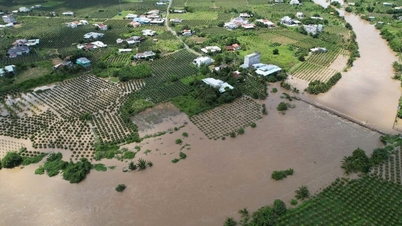





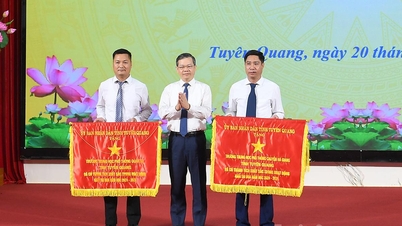

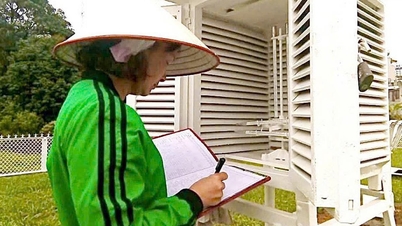

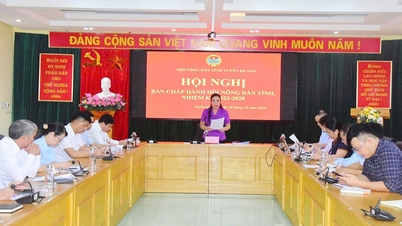
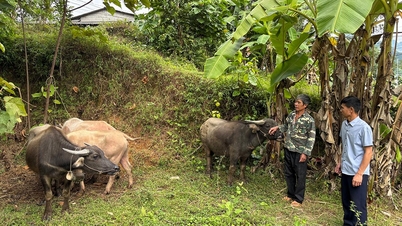
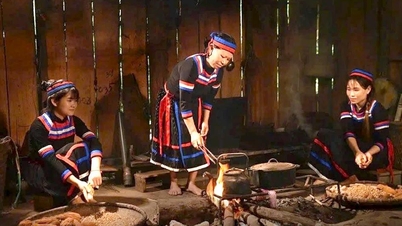

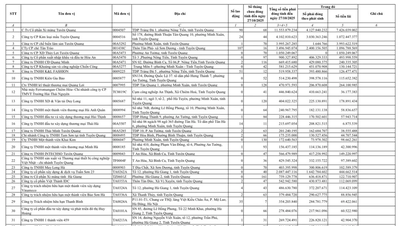






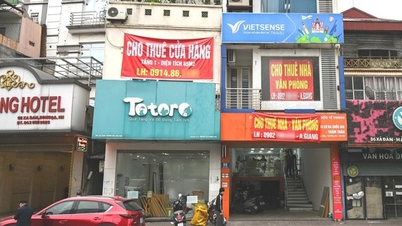

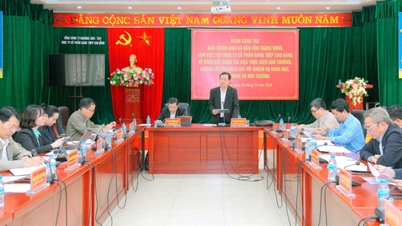

![[Photo] Draft documents of the 14th Party Congress reach people at the Commune Cultural Post Offices](https://vphoto.vietnam.vn/thumb/1200x675/vietnam/resource/IMAGE/2025/10/28/1761642182616_du-thao-tai-tinh-hung-yen-4070-5235-jpg.webp)
![[Photo] President Luong Cuong attends the 80th Anniversary of the Traditional Day of the Armed Forces of Military Region 3](https://vphoto.vietnam.vn/thumb/1200x675/vietnam/resource/IMAGE/2025/10/28/1761635584312_ndo_br_1-jpg.webp)
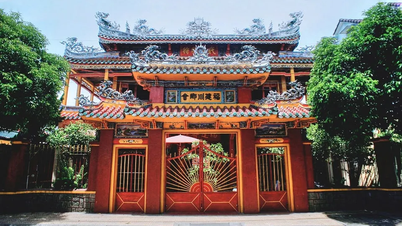

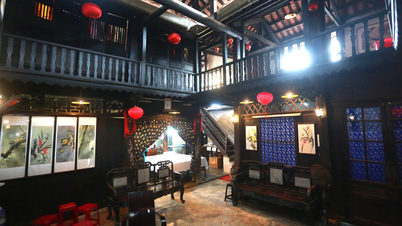

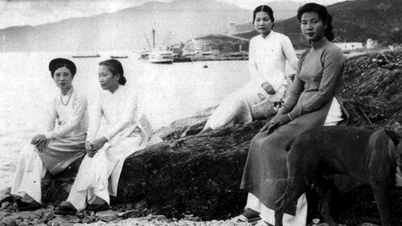

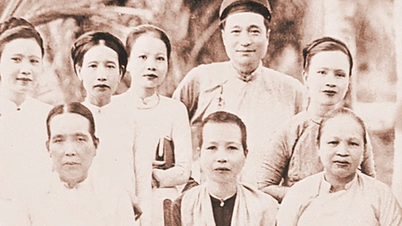
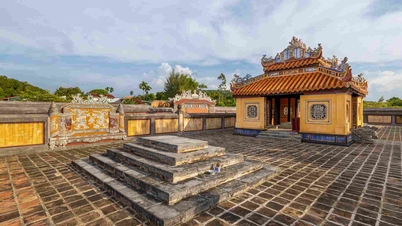



























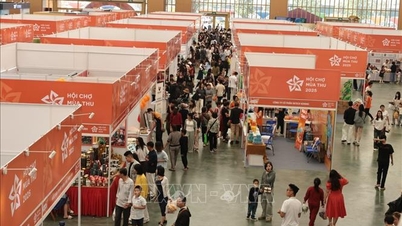















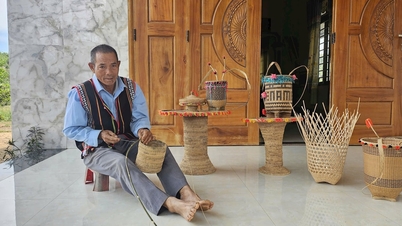


















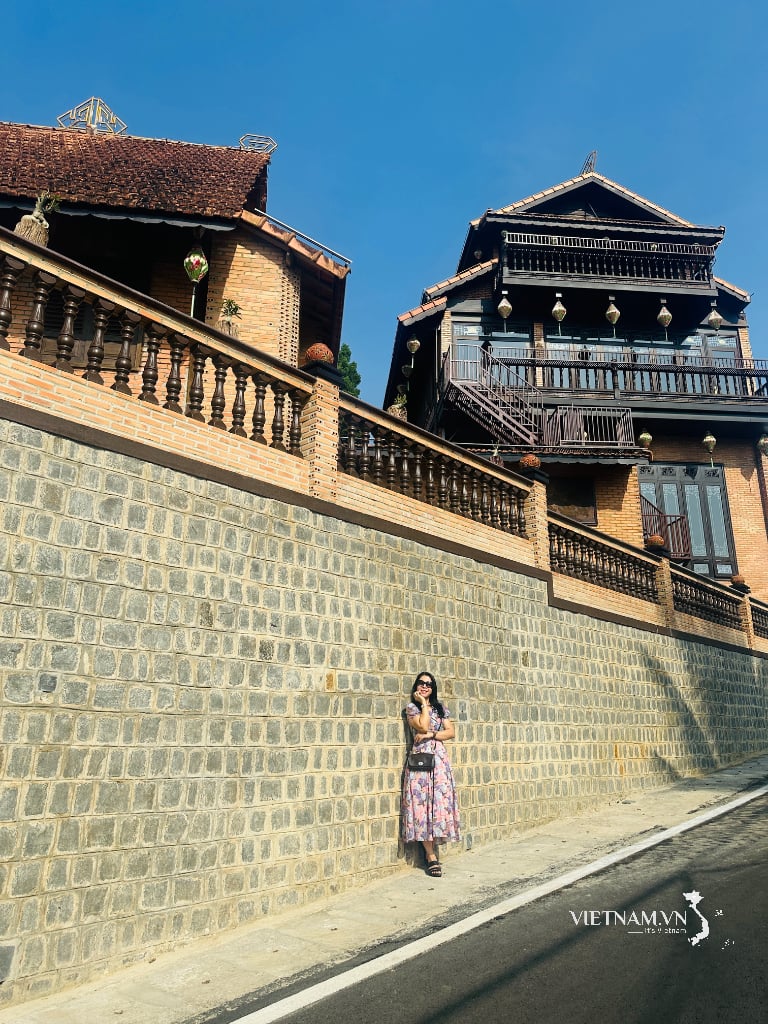

Comment (0)